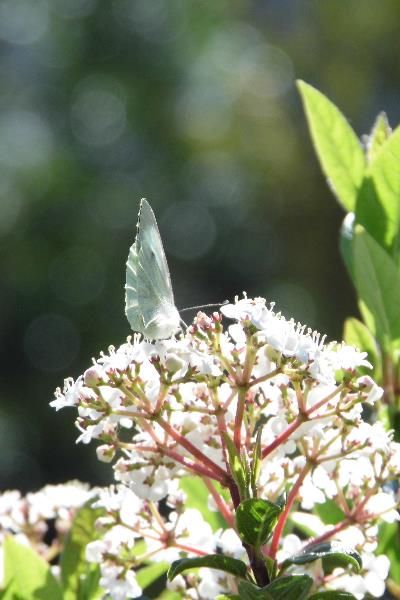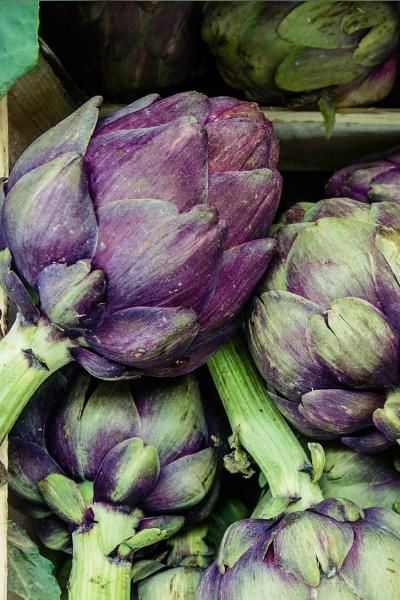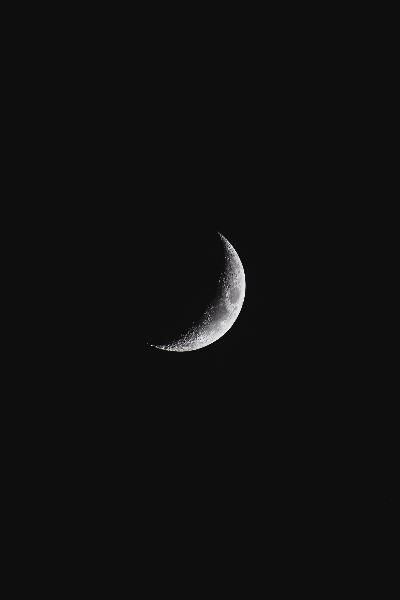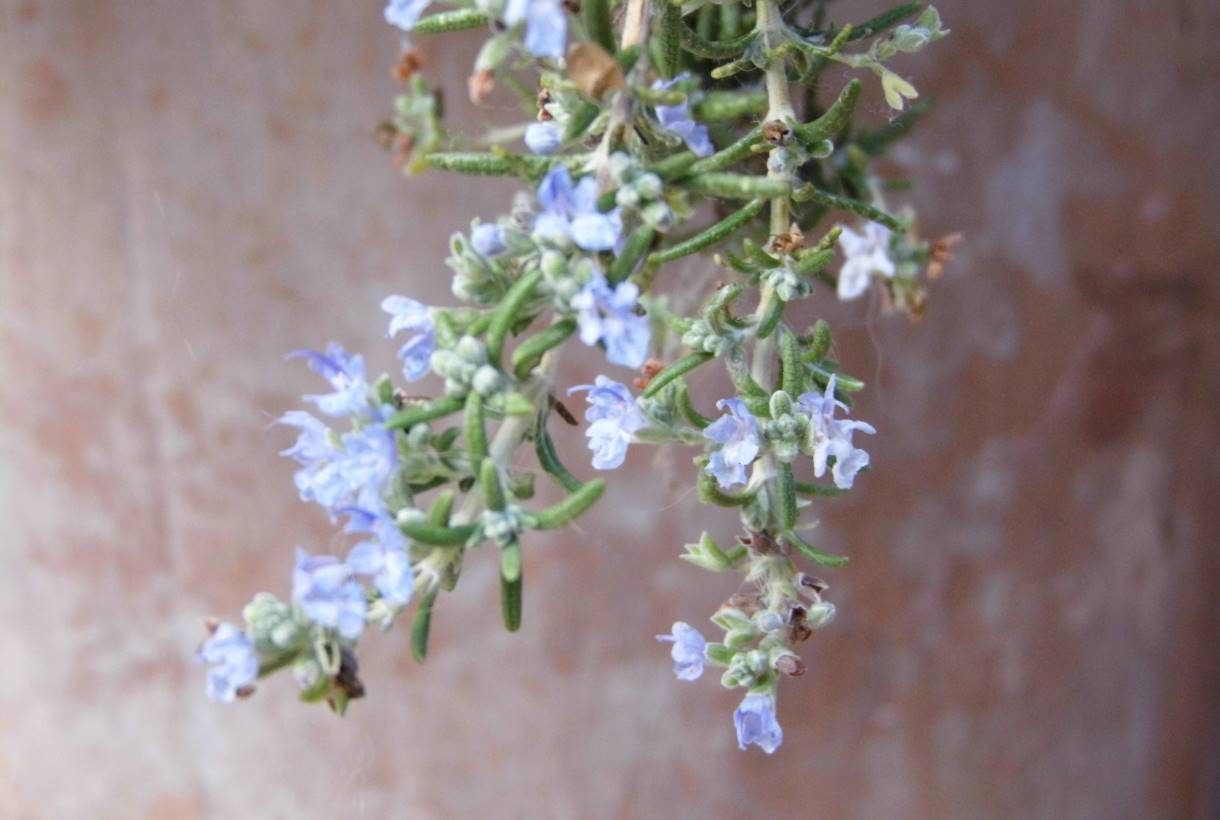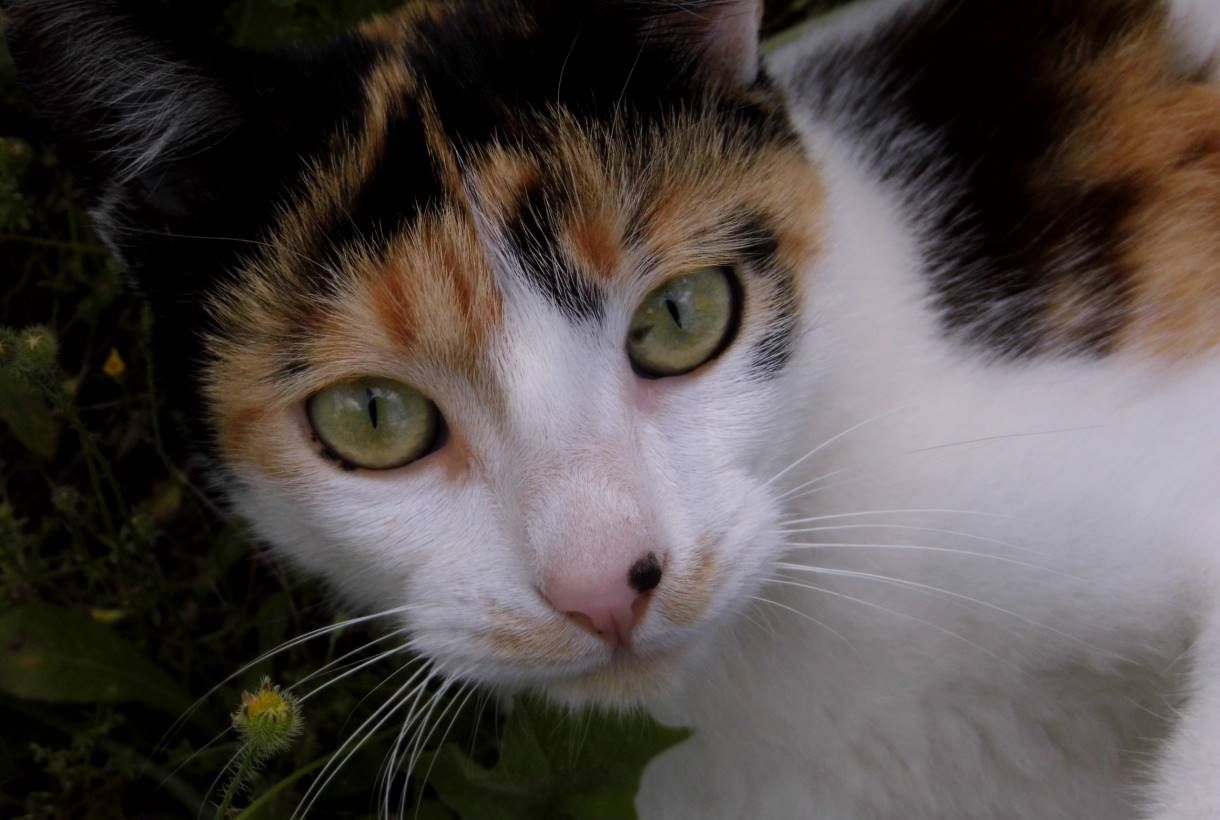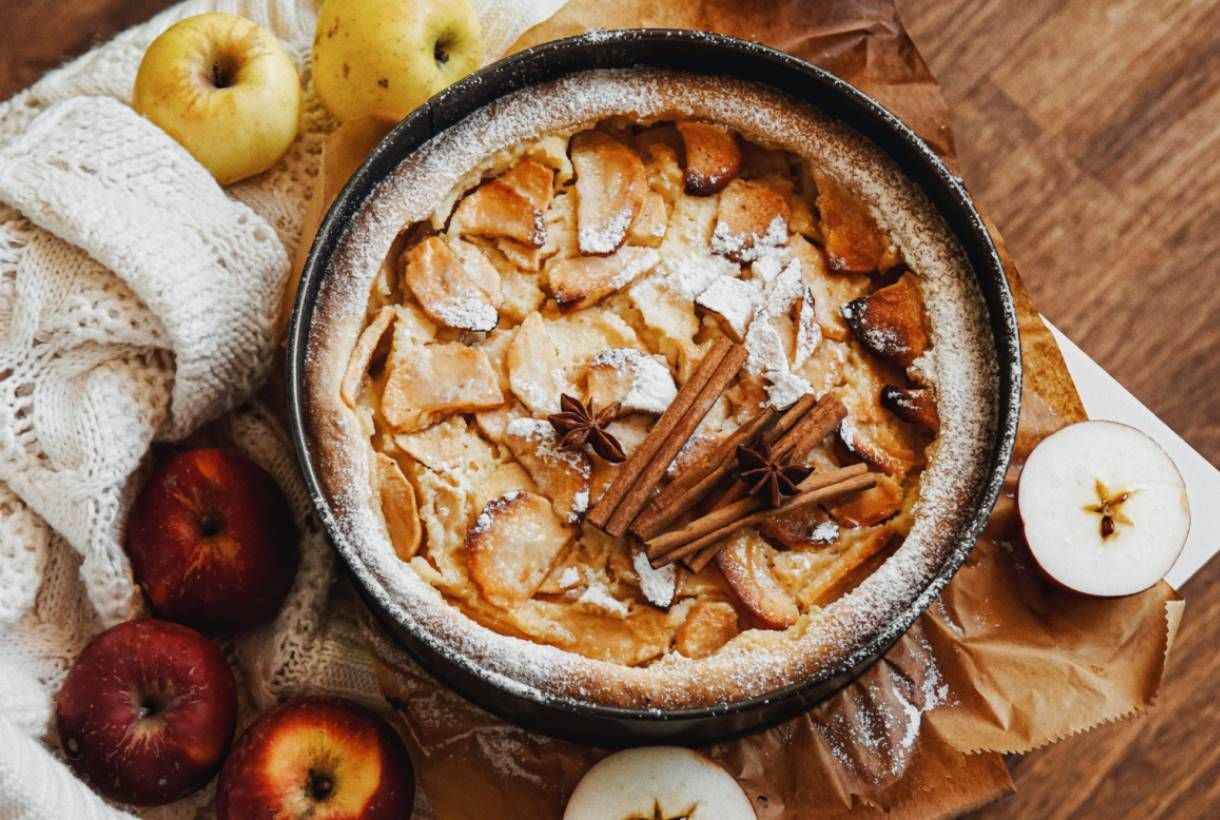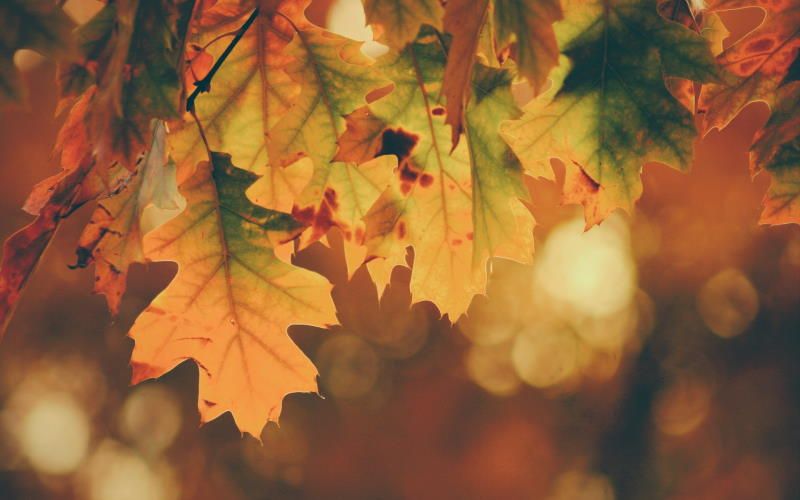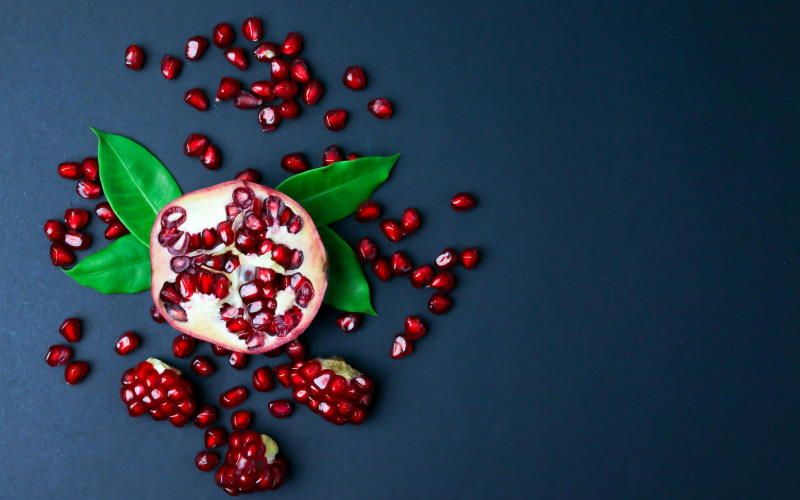Happy Gardener
Live through nature
Φύση και Διατροφή
Όλα όσα χρειάζεται να γνωρίζετε από την κηπουρική, μέχρι τη σωστή διατροφή!
For Beginners and Experts
Μικρό Αγρόκτημα
Καλλιεργήστε τα δικά σας φρούτα και λαχανικά!
Από την καλλιέργεια λαχανόκηπου και την φροντίδα των δέντρων μας, μέχρι την φροντίδα των κατοικίδιων μας!

